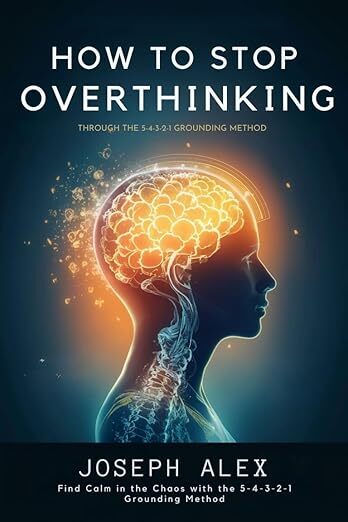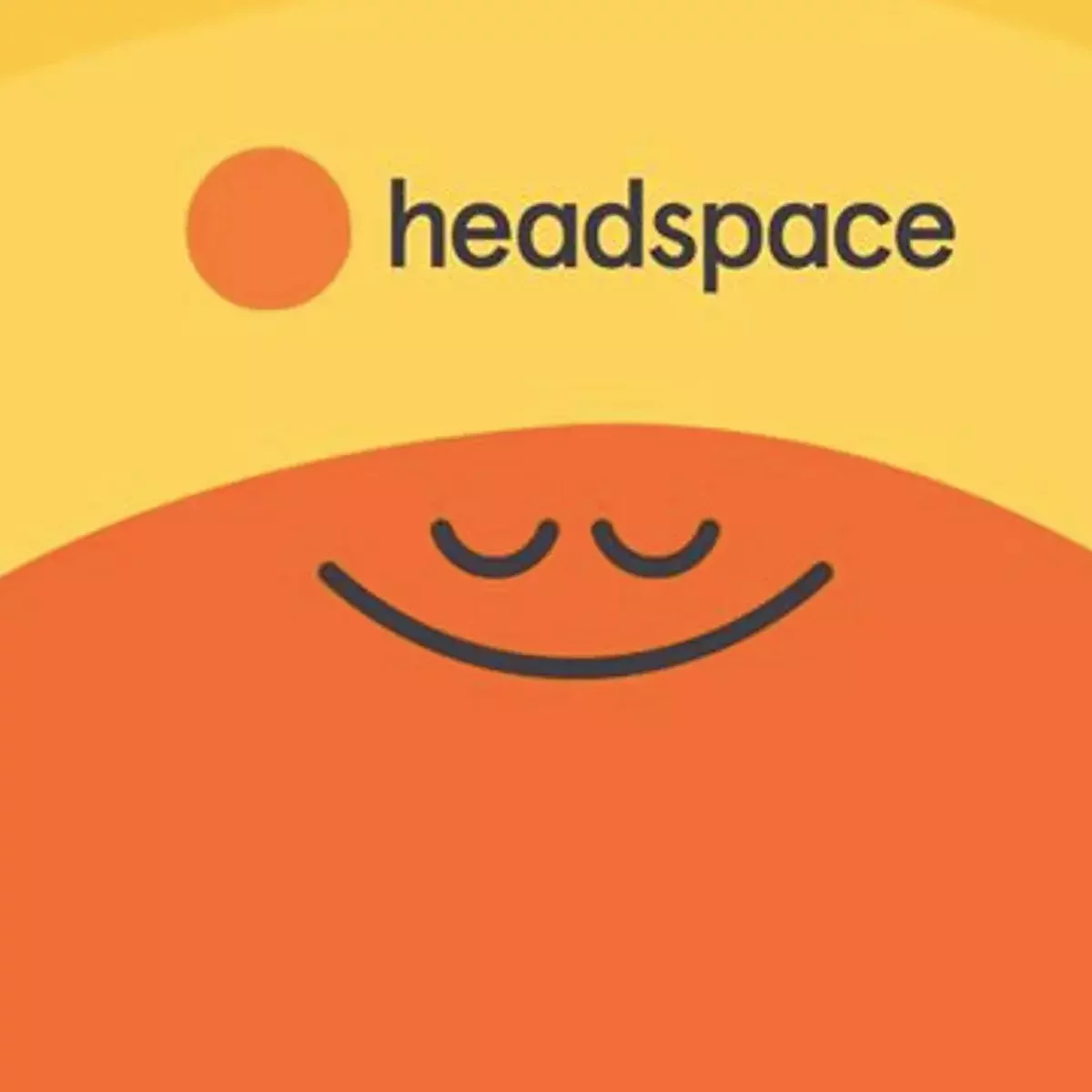5-4-3-2-1 Grounding
Focus Attention on the Present by Using Sensory Awareness

Introduction
The 5-4-3-2-1 Grounding technique is a grounding exercise that helps individuals reduce stress by focusing on their immediate surroundings and sensory experiences. This technique encourages mindfulness by directing attention to the present moment and connecting to the real world.
What You Need To Know
How To Do It
Instructions:
2. Identify Five Things You Can See
Look around and consciously notice five things in your environment. Describe them to yourself in detail. Recognize their colors, shapes, and sizes.
3. Identify Four Things You Can Hear
Listen carefully and identify four sounds in your environment. Notice each distinct sound. Listen for subtle sounds, like the wind and background noises.
4. Identify Three Things You Can Feel or Touch
Pay attention to three things that you can physically feel. Tune in to your body. Touch or feel the texture, temperature, and weight of objects around you.
5. Identify Two Things You Can Smell
Focus on the scents around you. If there are no noticeable smells, recall a favorite scent.
6. Identify One Thing You Can Taste
Think about the taste in your mouth or the last thing you consumed. Focus on that taste to ground yourself further.
Helpful Tips:
- Practice in a calm space. Choose a peaceful environment to enhance focus and effectiveness.
- Unplug from the virual world: Temporarily disconnect from your digital devices.
- Go outside: Connect with nature (optional but highly recommended).
- Build connection: Use your senses to increase awareness of the real world.
- Feel your physical body: Feel the sun and wind on your skin. Feel your heart beating and your lungs filling with air. Feel gravity pulling you to Earth.
- Focus on your breathing. Try to establish a steady rhythm of deep breathing for added relaxation.
- Stay present: If your mind starts to wander, gently redirect your attention back to the sensory experiences.
- Incorporate movement: You can combine this technique with light stretching.
- Practice regularly: Like any skill, the more you practice, the more effective it will become in reducing stress.
Related Topics:
Strongly Related
Reduce Stress
[Links to related web pages]
[Links to related web pages]
[Links to related web pages][Links to related web pages]
Moderately Related
Issue B
[Links to related web pages]
[Links to related web pages]










